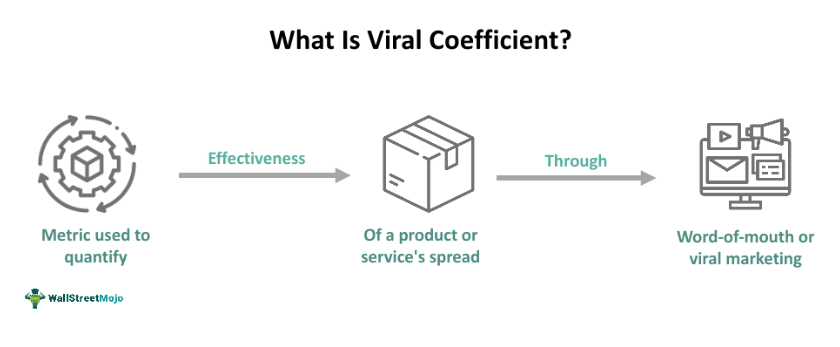Virality Coefficient
What is the Virality Coefficient?
Definition:
The Virality Coefficient, often referred to as “K-factor,” is a metric that measures the viral growth potential of a product, service, or idea. It quantifies the rate at which existing users introduce the offering to new users, contributing to its overall expansion. A Virality Coefficient above 1 indicates exponential growth, as each user, on average, brings in more than one new user.
Analogy:
Think of the Virality Coefficient as a contagious idea spreading through a social network. Similar to how a popular meme is shared and reshared across online platforms, a high Virality Coefficient signifies that each user has the potential to infect others with the product or idea, leading to rapid and widespread adoption.
Further Description:
The Virality Coefficient encompasses various factors contributing to the dissemination of a product:
User Sharing: Automated sharing features that encourage users to share the product with their network. Word-of-mouth referrals and recommendations.
Network Effects: Exploiting network effects where the value of the product increases as more users adopt it.
Incentivized Referrals: Reward programs or incentives for users who successfully refer others to the product.
Social Proof: Leveraging testimonials, reviews, or endorsements to build credibility and encourage adoption.
Why is the Virality Coefficient Important?
Rapid Growth: A high Virality Coefficient accelerates user acquisition, leading to rapid growth without the need for extensive marketing efforts.
Cost-Effective: Viral growth can significantly reduce customer acquisition costs compared to traditional marketing channels.
Sustainability: Viral products often experience sustained growth due to the organic nature of user acquisition.
Examples and Usage:
Social Media Sharing: Platforms with easy sharing options that prompt users to share content or invite friends contribute to a higher Virality Coefficient.
Referral Programs: Apps or services that offer incentives for users who refer friends, family, or colleagues.
Viral Marketing Campaigns: Creative and shareable marketing campaigns that prompt users to spread the message organically.
Key Takeaways:
Metric for Growth: The Virality Coefficient quantifies the potential for exponential growth based on user referrals and sharing.
Factors Influencing Virality: User sharing features, network effects, incentives, and social proof contribute to a high Virality Coefficient.
Strategic Importance: Understanding and optimizing for virality is crucial for products aiming for rapid and sustainable expansion in the market.





